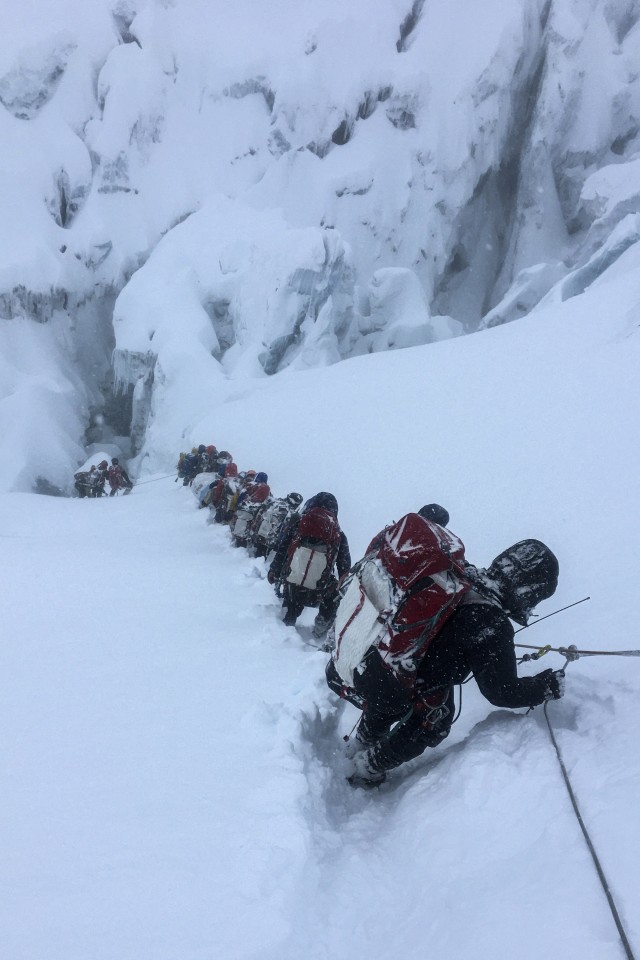 TRENDING
TRENDING
Climb Beyond Everest: Nepal Opens 97 Peaks for Exploration to Diversify Mountain Economy
To ease overcrowding on Everest and promote regional development, Nepal has opened 97 uncharted peaks for free climbing over the next two years, aiming to boost mountain tourism and local economies.
As climbing fees for Mount Everest rose by 40% this season, the Government of Nepal has unveiled a new initiative — granting free access to 97 previously unexplored peaks across the northwestern Himalayas for the next two years.
The goal: to diversify the mountain economy, reduce overcrowding on Everest, and stimulate tourism-driven development in remote provinces like Karnali and the Far-Western region.
According to the Nepal Tourism Board, these newly opened peaks range between 5,800 and 7,000 meters, offering challenging but accessible climbs for both local and international adventurers.
“These measures aim not only to attract climbers to unexplored mountains but to drive infrastructure and tourism development in these regions,” said Himal Gautam of the Nepal Tourism Board.
🏔️ Replicating the Everest Industry Chain
The policy aims to replicate the Everest model — where the mountaineering ecosystem supports thousands of livelihoods through guiding, lodging, and logistics services.
Nepal generated around NPR 46 million from climbing permits in 2024, with Everest alone contributing over 75% of the revenue. The fee waiver could potentially inject NPR 2 billion annually into local economies through expanded trekking and service opportunities.
The World Travel & Tourism Council (WTTC) estimates that mountain tourism supports 1.2 million jobs across Nepal, from porters and cooks to guides and hoteliers.
Managing Risk and Sustainability
Despite these opportunities, analysts warn that without clear permit quotas and improved safety measures, overcrowding and environmental degradation could extend into new regions.
Recent disasters — such as the Everest death zone incidents and Nepal avalanche tragedies — highlight the dangers of high-altitude expeditions.
🧗 Sherpa Excellence and New Records
As Nepal expands its mountain frontier, Sherpa guides remain the heart of the Himalayan climbing tradition. This May, legendary Sherpa Kami Rita, 55, achieved his record-breaking 31st summit of Mount Everest, leading an Indian Army expedition — reinforcing his reputation as “a climbing hero who needs no introduction.”
🧭 Looking Ahead
With this bold move, Nepal is positioning itself as a hub for sustainable adventure tourism, aiming to balance economic growth with environmental conservation and climber safety.
Foreign climbers, adventure companies, and training expeditions are now encouraged to explore these newly opened peaks — expanding horizons beyond Everest.Mount Everest – Britannica Overview
Weather Update: Mild autumn conditions with occasional snow; stable forecast supports new exploration season
Peak Altitude: 5800 m
Risk Level: Moderate
Expedition Info: 97 newly opened peaks available for exploration; permit-free climbs valid for two years